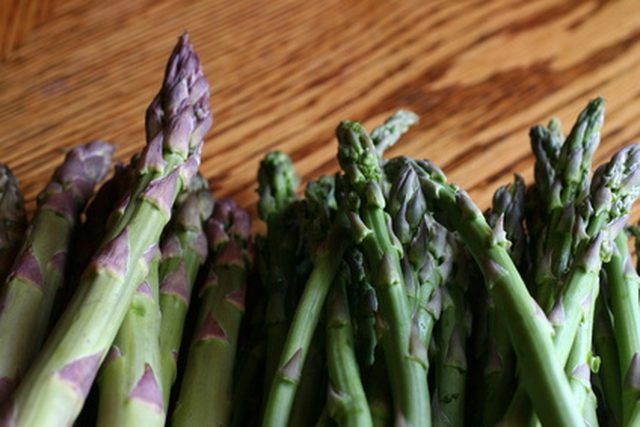Bulbs
Flower Basics
Flower Beds & Specialty Gardens
Flower Garden
Garden Furniture
Garden Gnomes
Garden Seeds
Garden Sheds
Garden Statues
Garden Tools & Supplies
Gardening Basics
Green & Organic
Groundcovers & Vines
Growing Annuals
Growing Basil
Growing Beans
Growing Berries
Growing Blueberries
Growing Cactus
Growing Corn
Growing Cotton
Growing Edibles
Growing Flowers
Growing Garlic
Growing Grapes
Growing Grass
Growing Herbs
Growing Jasmine
Growing Mint
Growing Mushrooms
Orchids
Growing Peanuts
Growing Perennials
Growing Plants
Growing Rosemary
Growing Roses
Growing Strawberries
Growing Sunflowers
Growing Thyme
Growing Tomatoes
Growing Tulips
Growing Vegetables
Herb Basics
Herb Garden
Indoor Growing
Landscaping Basics
Landscaping Patios
Landscaping Plants
Landscaping Shrubs
Landscaping Trees
Landscaping Walks & Pathways
Lawn Basics
Lawn Maintenance
Lawn Mowers
Lawn Ornaments
Lawn Planting
Lawn Tools
Outdoor Growing
Overall Landscape Planning
Pests, Weeds & Problems
Plant Basics
Rock Garden
Rose Garden
Shrubs
Soil
Specialty Gardens
Trees
Vegetable Garden
Yard Maintenance
How to Raise an Asparagus Plant
How to Raise an Asparagus Plant. You don't want to raise just one asparagus plant. You'll want a bunch of them, because that's the only way to grow enough tasty green spears to satisfy your family and friends. Asparagus can be grown from seed, but most gardeners will find it easier to plant year-old, disease-free crowns from a reputable grower....

You don't want to raise just one asparagus plant. You'll want a bunch of them, because that's the only way to grow enough tasty green spears to satisfy your family and friends. Asparagus can be grown from seed, but most gardeners will find it easier to plant year-old, disease-free crowns from a reputable grower. With proper care, each plant will produce a half-lb. of asparagus each spring for at least 15 years.
Things You'll Need
Tiller or shovel
pH test kit
Garden gloves
Garden hoe
Superphosphate fertilizer, 0-20-0
Healthy, year-old asparagus crowns
Loppers
Hand pruners
Ammonium nitrate, chicken manure or other nitrogen source
Choose a sunny, permanent planting site in well-drained soil at the north or west side of the garden, so plants can grow undisturbed into a permanent bed. Asparagus is a hardy perennial with extensive roots that compete for water and nutrients, and its ferny vegetation can shade other plants.
Cultivate the soil to a depth of at least 12 inches, in mid- to late spring when soil is warm and can be easily worked, tilling or digging deeply. Asparagus needs well-drained, non-acidic soil but otherwise isn't too picky. Test your soil pH to make sure it's fairly neutral, in the range of 6.5 to 7.5.
Hoe planting furrows no deeper than 5 to 6 inches. Planting deeper will reduce asparagus yield. Space rows 5 feet apart, to accommodate later above-ground fern growth. Add 2 lbs. of superphosphate per 50 feet of row--essential for vigorous spear production.
Place asparagus crowns in the furrow 12 to 18 inches apart, on top of the fertilizer. Fill the furrow with displaced soil, to ground level, but don't compact the soil. Water well as needed. Spears should emerge within one to two weeks, depending on soil conditions.
Don't harvest during the first or planting year. Allow first-year spears to grow into ferns, because this green, above-ground vegetation will produce food, through photosynthesis, that new plants will store to produce next year's spears.
Allow ferns to keep growing at the end of the growing season, especially if you're growing the new all-male hybrids that keep growing until frost. The longer photosynthesis continues, the more the next year's production gets a boost. Remove old fern growth in spring.
Begin regular spring asparagus harvests during the second year. New spears will begin to push up from the soil when its temperature reaches 50 degrees F. Snap off spears when they stand 7 to 9 inches above the ground; avoid cutting them off with a knife below the soil's surface, which can damage buds. Pick the patch clean. Don't allow any spears to fern out.
End harvest when most spears are small, less then 3/8 inch in diameter. Snap off all spears at ground level. Add nitrogen to support vigorous vegetation, either applying 1/2 lb. of ammonium nitrate per 50 feet of row or working in plenty of composted chicken, horse or steer manure aside dressing. Weed as needed.
Harvest in subsequent years as circumstances dictate. The second harvest year will usually last four to six weeks and subsequent seasons, six to eight weeks. Early in the season you'll harvest 7- to 9-inch spears every two to four days, but as the air warms up you'll harvest more frequently--once or twice daily--and spears will be smaller, 5 to 7 inches tall.
Tips & Warnings
All-male asparagus hybrids such as Jersey giant and Jersey prince out-produce traditional Mary Washington types by three to one.
Asparagus is drought-tolerant and in many areas can grow without irrigation. But during drought periods and in areas without summer rainfall, water at least occasionally to prevent plant stress.
Harvest asparagus early in the morning when it's cool. Spears are very perishable, so immediately after picking plunge them into ice-cold water to remove any heat. Drain spears, place them in plastic bags and refrigerate at 38 to 40 degrees F.